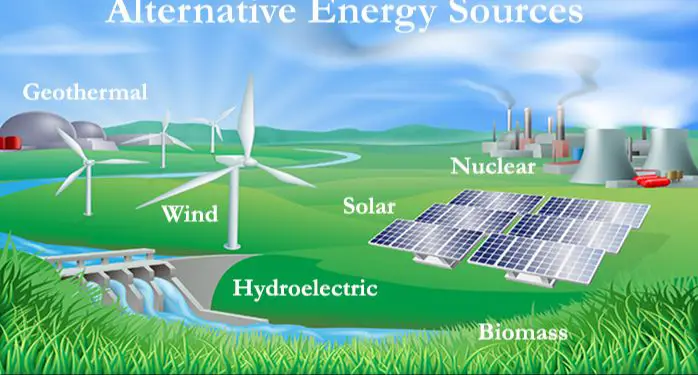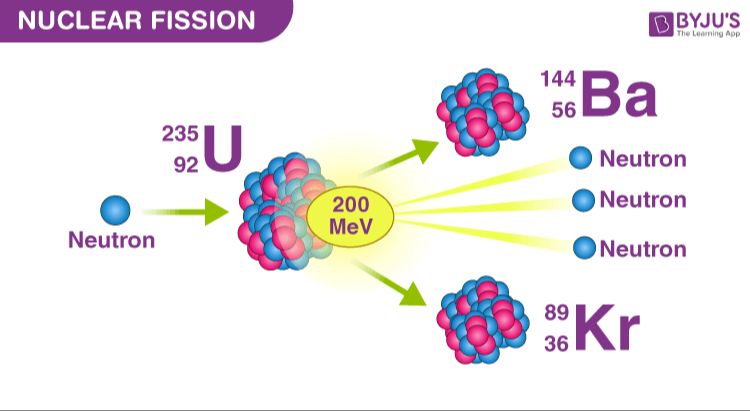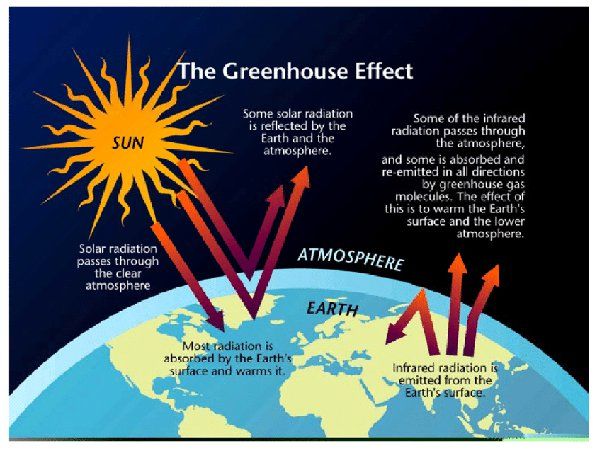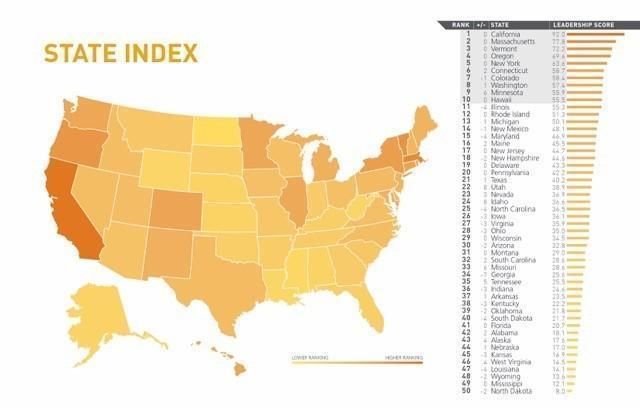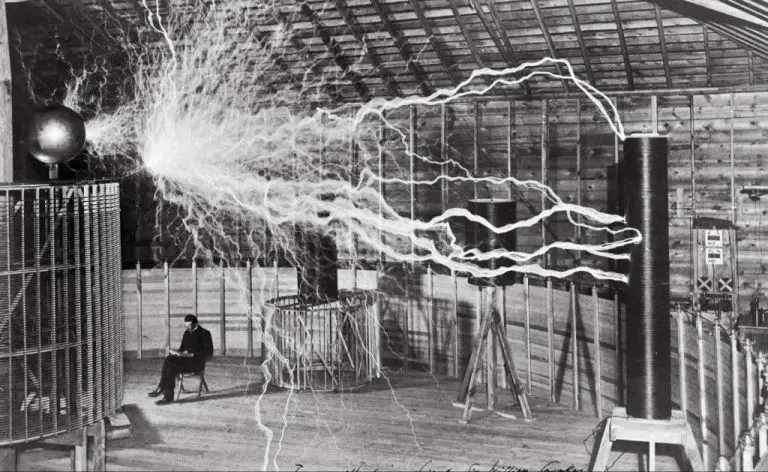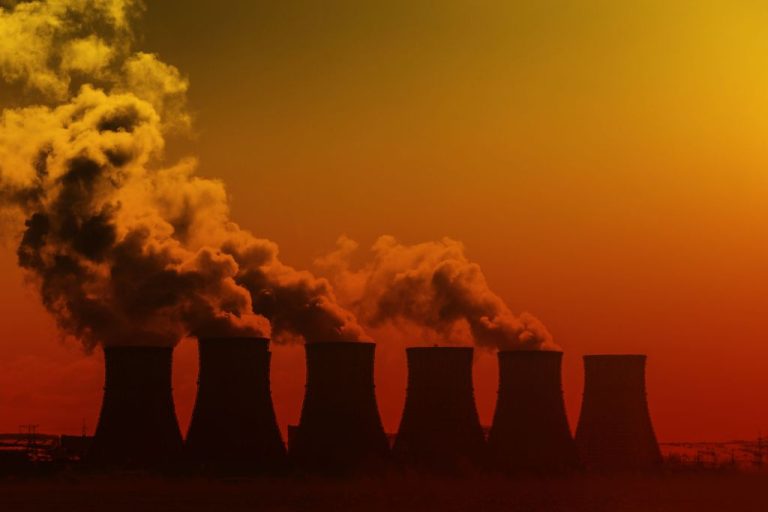What Is Temperature Definition In Chemistry?
Introduce Temperature
In simple terms, temperature is a measure of the average energy of molecular motion in a substance. It refers to how hot or cold something is. Temperature plays a central role in chemistry because chemical reactions involve energy changes that are directly related to molecular motion.
Temperature affects the rate of chemical reactions and controls physical processes like changes in state from solid to liquid to gas. Many important properties of materials, such as solubility and viscosity, are also temperature-dependent. Monitoring and controlling temperature is crucial for chemical synthesis, managing reactions, and ensuring consistent product quality.
Understanding how temperature influences matter at the molecular level provides chemists with vital knowledge needed to drive chemical processes and reactions. Defining and accurately measuring temperature allows chemistry to be an exact science.
Thermal Energy and Molecular Motion
Temperature is a measure of the average thermal energy or heat contained within a substance. Thermal energy arises from the kinetic energy of molecules and atoms that make up a material. As the molecules and atoms vibrate, rotate, and translate, they possess kinetic energy from their motion. The total kinetic energy of all the molecules and atoms is the thermal energy.
As the temperature of a substance increases, the molecules and atoms vibrate faster and move more rapidly, indicating an increase in their kinetic energy. Therefore, temperature serves as a gauge of the overall thermal energy and kinetic motion of the particles in a material. Substances at higher temperatures contain particles with greater average kinetic energy than substances at lower temperatures.
This relationship between temperature and molecular kinetic energy explains why heating a material increases its temperature. Heating adds energy to the molecules and atoms, increasing their vibrational motion and kinetic energy, which is detected macroscopically as a rise in temperature.
Understanding that temperature reflects the thermal energy and motion of particles helps explain the behavior of materials when heated or cooled. This connection between temperature and molecular kinetic energy is fundamental to the field of thermodynamics.
Temperature Scales
There are three main temperature scales used to measure temperature in science and everyday life – Celsius, Fahrenheit, and Kelvin.
Celsius
The Celsius temperature scale, also known as centigrade, is the most commonly used scale globally. On the Celsius scale, 0° represents the freezing point of water and 100° represents the boiling point of water at 1 atm of pressure. The degree size of Celsius is the same as Kelvin.
Fahrenheit
The Fahrenheit scale is mainly used in the United States. On the Fahrenheit scale, 32° represents the freezing point of water and 212° represents the boiling point of water at 1 atm of pressure. The degree size of Fahrenheit is smaller than Celsius or Kelvin.
Kelvin
The Kelvin scale is the standard unit of temperature used in scientific fields. On the Kelvin scale, 0 K represents absolute zero. The Kelvin scale does not use the degree symbol and is measured in kelvins. Water freezes at 273.15 K and boils at 373.15 K at 1 atm pressure. Kelvin has the same degree size as Celsius.
Measuring Temperature
Temperature is measured with thermometers that detect changes in some physical property of a thermometric material. The most common type of thermometer uses a liquid such as mercury or alcohol in a glass bulb. As the liquid’s temperature increases, it expands up a narrow tube marked with temperature graduations. Other thermometers rely on the expansion of metals, changes in electrical resistance, or the color change of temperature-sensitive paints. Modern digital thermometers use thermistors and other advanced sensors to precisely measure temperature electronically.
Some other common devices used to measure temperature include:
- Thermocouples – Made from two different conductors that generate a voltage proportional to temperature
- Infrared thermometers – Measure infrared energy emitted from an object’s surface
- Thermal imaging cameras – Create images based on the infrared radiation of objects
- Pyrometers – Measure high temperatures by optical or radiant heat transfer
Specialized thermometers can measure extremely high or low temperatures outside the range of ordinary devices. Calibration against known fixed points on the temperature scale ensures accuracy across this wide measurement range.
Temperature and Phase Changes
Temperature has a direct effect on the phase changes of matter going from solid to liquid to gas. As temperature increases, it provides energy to the molecules and atoms of a substance, allowing them to move faster and overcome intermolecular forces binding them together. This causes transitions from solid to liquid to gas phase.
The melting point is the temperature at which a substance transitions from a solid to a liquid state. This is the point where molecules have enough energy to overcome intermolecular bonds and move more freely. The boiling point is the temperature where a liquid transitions to a gas, as molecules gain enough energy to completely break free of each other and occupy available space.
Each substance has characteristic melting and boiling points based on its chemical structure and strength of intermolecular forces. Water, for example, has a melting point of 0°C and boiling point of 100°C at standard atmospheric pressure. Substances typically require more energy and higher temperatures to transition from liquid to gas than from solid to liquid.
The reverse transitions happen as well – gases condense to liquids and liquids freeze to solids – as temperature decreases and molecular motion slows. Understanding the effects of temperature on phase changes allows us to intentionally manipulate states of matter in various applications.
Temperature and Chemical Reactions
Temperature has a significant impact on the rates of chemical reactions. As temperature increases, molecules move faster and collide more frequently. With more collisions, reactants have more opportunities to interact and undergo chemical change. This increases the reaction rate.
The Arrhenius equation describes the quantitative relationship between temperature and reaction rate. For many reactions, the rate doubles with every 10°C rise in temperature. This is because at higher temperatures, more molecules have the minimum energy (called activation energy) required to react.
Understanding how temperature drives reaction kinetics is critical for chemists. Many chemical processes like catalysis, combustion, polymer production, and biochemical reactions are highly temperature-dependent. Chemists carefully control reaction temperature to optimize yields, select desired products, or prevent side reactions.
Extreme high or low temperatures can also stop reactions. At very high temperatures molecules break apart faster than they can react. Freezing temperatures mobolize reactants, preventing interactions. Chemists leverage these effects in chemical synthesis and food storage.
Overall, the strong link between temperature and reaction rates is a fundamental concept in chemistry. Manipulating temperature provides chemists great control over the speed and direction of chemical change.
Temperature Regulation
Temperature regulation is an important part of many chemical processes. Proper temperature control can help optimize yields, improve safety, and ensure consistent results. Here are some key methods for regulating temperature in chemical reactions and processes:
Heat Exchangers: Heat exchangers allow the transfer of thermal energy between two or more fluids. They are commonly used to heat or cool reactants, products, or equipment by exchanging heat with a hot or cold utility stream. Different types of heat exchangers include shell and tube, plate and frame, air cooled, and more.
Heaters/Chillers: Direct heating or cooling of process streams may be accomplished using heaters, furnaces, chillers, or cooling units. Electric resistance heaters and refrigerated chillers allow precise temperature control.
Insulation: Insulating reactors, pipes, and equipment helps minimize heat loss or gain to the surroundings. Insulation maintains the desired process temperature and saves energy.
Temperature Monitoring: The use of thermocouples, RTDs, infrared sensors, and other devices enables real-time monitoring and control of temperatures throughout the process.
Temperature Controllers: PID controllers and other control systems can manipulate heating/cooling capacity or flow rates to maintain a setpoint temperature.
Proper temperature control is critical for safe, efficient chemical processes. The methods above provide operators with the necessary tools to regulate temperature at all scales of operation.
Temperature Extremes
Chemists study matter at a wide range of temperatures, from nearly absolute zero to extremely high temperatures. Understanding how matter behaves at temperature extremes provides insights into fundamental chemistry and physics.
Some of the coldest temperatures achieved in laboratories are only a fraction of a degree above absolute zero, the theoretical minimum temperature where molecular motion stops. These ultracold temperatures, known as “millikelvins,” allow scientists to investigate exotic states of matter like Bose-Einstein condensates and superfluids.
On the other end of the spectrum, chemists use devices like lasers and nuclear reactors to reach tremendously high temperatures exceeding millions of degrees. At these extreme temperatures, matter is ionized into a plasma state and atoms are stripped of electrons. High-temperature plasmas are found in stars and are also used in research on nuclear fusion.
Between the cold and hot extremes, phase changes like melting, boiling, and sublimation occur at characteristic temperatures. Understanding phase transitions helps chemists synthesize and purify materials. Extreme temperatures also drive chemical reactions by providing the activation energy to break and form molecular bonds.
Temperature in Everyday Life
Temperature plays a key role in many everyday chemical processes and phenomena that we often take for granted. Here are some examples:
Cooking: The chemical reactions that occur during cooking are highly temperature dependent. Proteins denature, starches gelatinize, and sugars caramelize at specific temperatures. Understanding these reactions allows chefs to perfectly time and control the cooking process.
Metabolism: Our bodies require tight temperature regulation for proper metabolic function. Enzymes operate in narrow temperature ranges. If our core body temperature varies by just a few degrees, chemical reactions begin to fail, with severe health consequences.
Weathering: Temperature accelerates weathering and erosion. Freeze/thaw cycles, thermal expansion, and increased chemical reactivity at higher temperatures all contribute to the breakdown of rocks, minerals, and manmade structures.
Phase Changes: Many everyday phase changes like water freezing, butter melting, and sweat evaporating occur at specific temperatures. These phase changes are essential to material behaviors we regularly observe.
Ignition/Combustion: Chemical fuels like wood, gasoline, and natural gas require a certain activation temperature before rapid exothermic combustion reactions occur. Controlling ignition temperature is key to effectively harnessing combustion for energy.
In all these examples, understanding the role of temperature provides deeper insight into the chemistry underlying our everyday lives. Temperature is a critical variable enabling and influencing the chemical transformations constantly occurring around us.
Conclusion
In summary, temperature plays a fundamental role in chemistry. It is a measure of the average kinetic energy of molecules and provides insight into the energy available for chemical reactions and phase changes. Key points covered include:
- Temperature is related to the kinetic energy and motion of molecules.
- Various temperature scales are used, with the most common being Celsius, Fahrenheit, and Kelvin.
- Temperature can be measured with thermometers that rely on the expansion of materials.
- Phase changes like melting, boiling, freezing, occur at specific temperatures.
- The rate of chemical reactions increases with temperature as more molecular collisions occur.
- Many chemical systems rely on tight temperature regulation and control.
- Extremely high and low temperatures can be achieved in the lab and naturally.
- Temperature plays a role in many aspects of everyday life and technology.
Overall, temperature is a critical variable that provides deep insights into the energetic properties of matter at the molecular level. Understanding temperature is key to elucidating chemical reactivity, phase transitions, thermodynamic processes, and more in chemistry.

